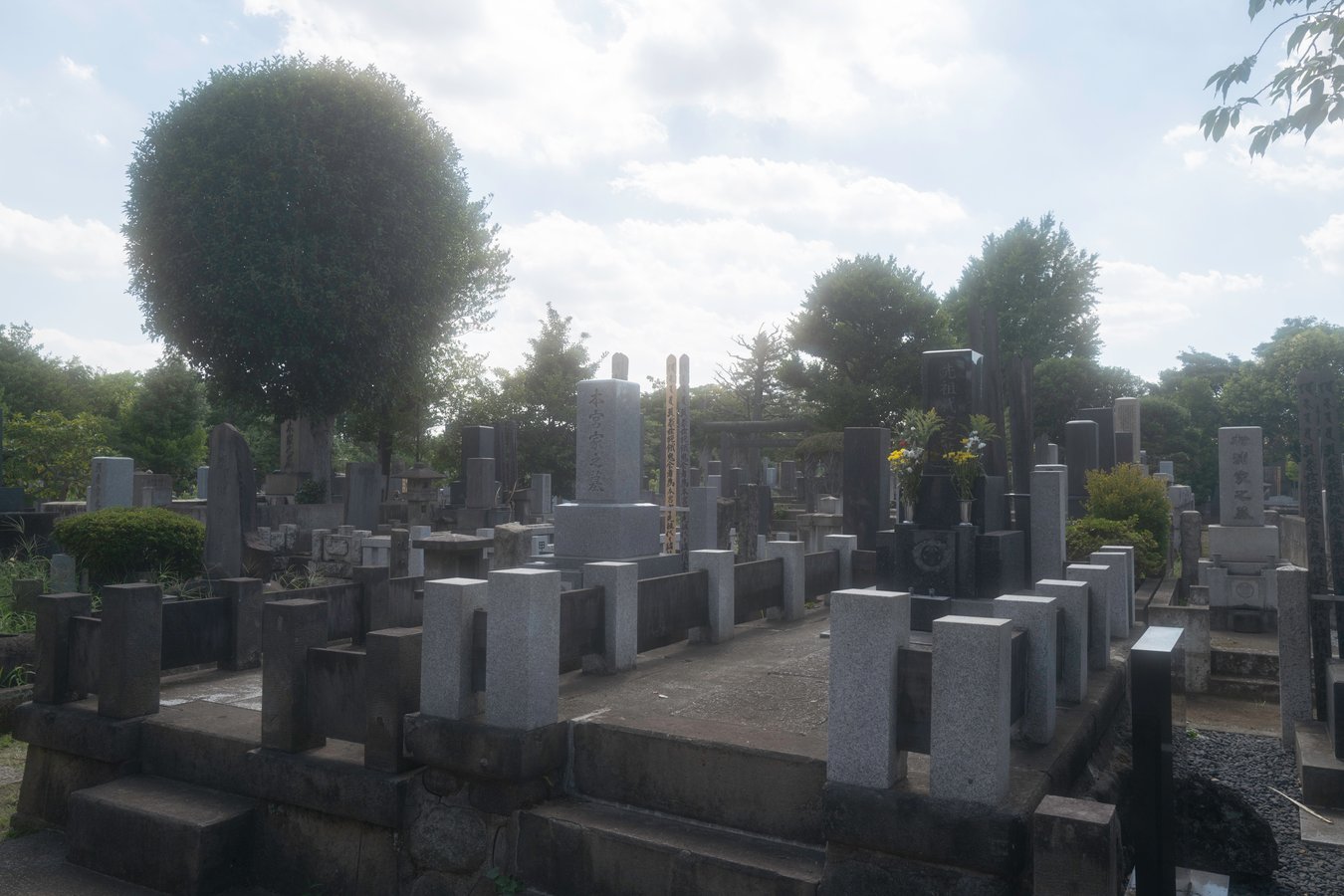Overview of Yanaka Cemetery
Located in the Yanaka district of Taito City, Tokyo, Yanaka Cemetery is one of Japan’s most historically significant cemeteries. Established in 1872 during the Meiji era, it spans approximately 10 hectares and houses over 7,000 graves. Originally part of Tennoji Temple, it became a public cemetery due to the government’s policy of separating Buddhism and Shintoism.
Key Features
Historical Significance: Yanaka Cemetery is the resting place of notable figures like Tokugawa Yoshinobu, the last shogun of Japan, and Ichirō Hatoyama, a former Prime Minister.
Cherry Blossom Lane: The cemetery is renowned for its “Sakura-dori,” a pathway lined with cherry trees that bloom in spring, making it a popular spot for hanami (cherry blossom viewing).
Five-Story Pagoda: Though destroyed in 1957, this pagoda remains an important part of the cemetery’s historical legacy.
Atmosphere and Layout
The cemetery resembles a peaceful park with tree-lined paths, small gardens, and a serene atmosphere. Visitors often encounter stray cats and enjoy tranquil walks among the well-maintained gravestones, offering a quiet escape from Tokyo’s bustling city life.



